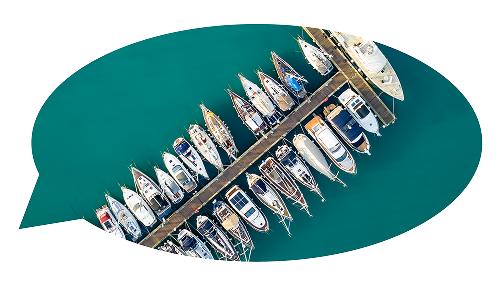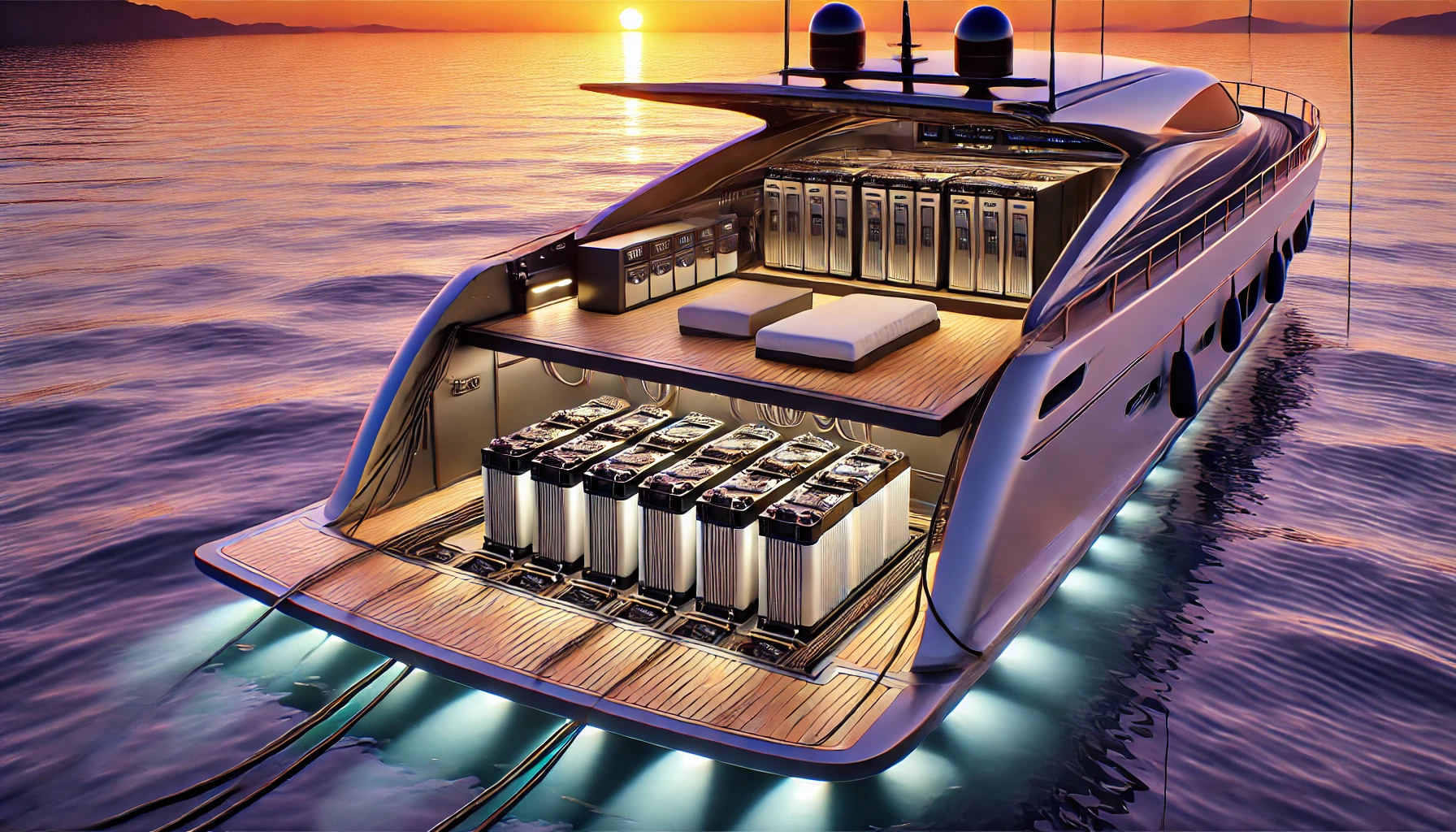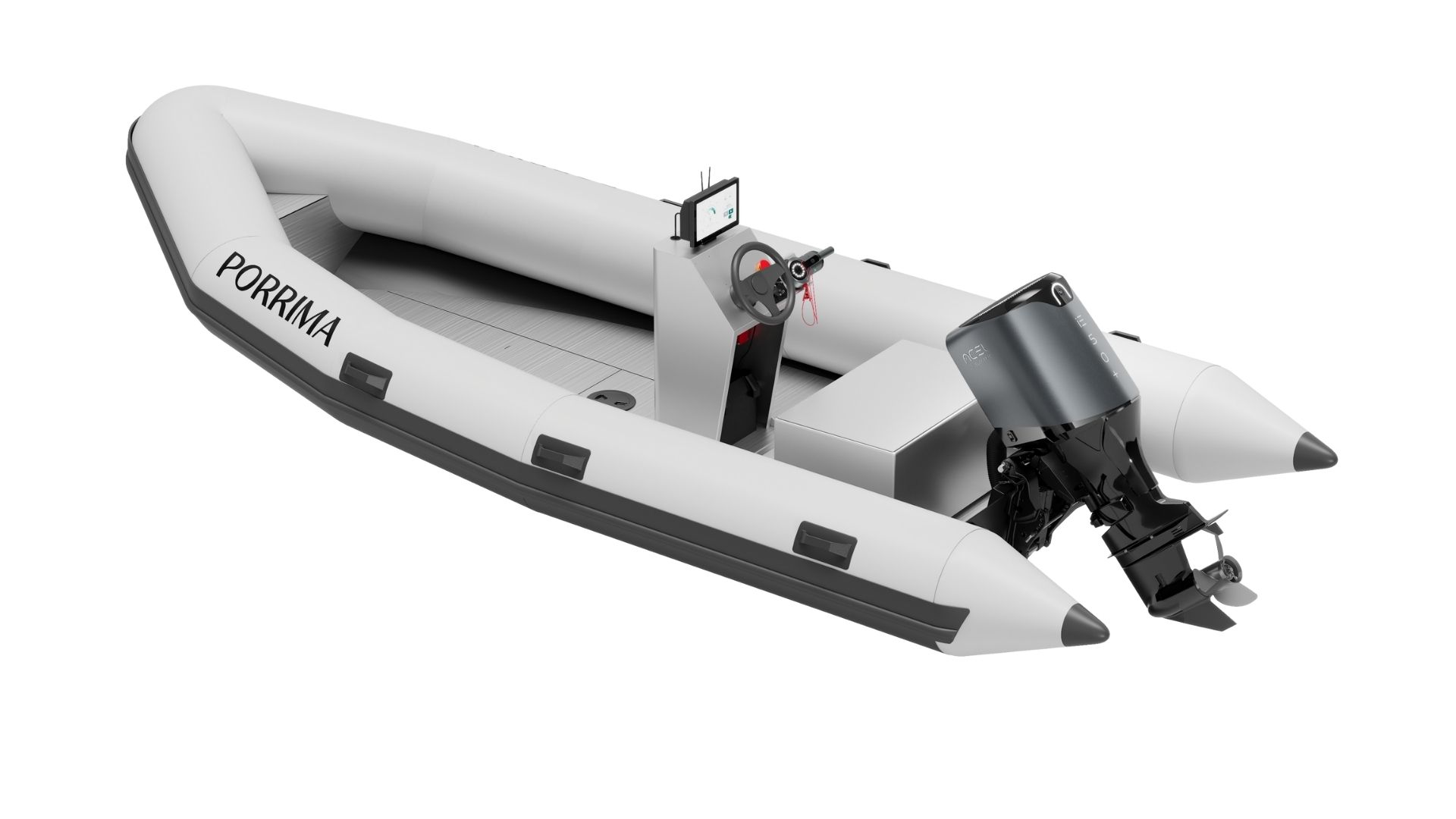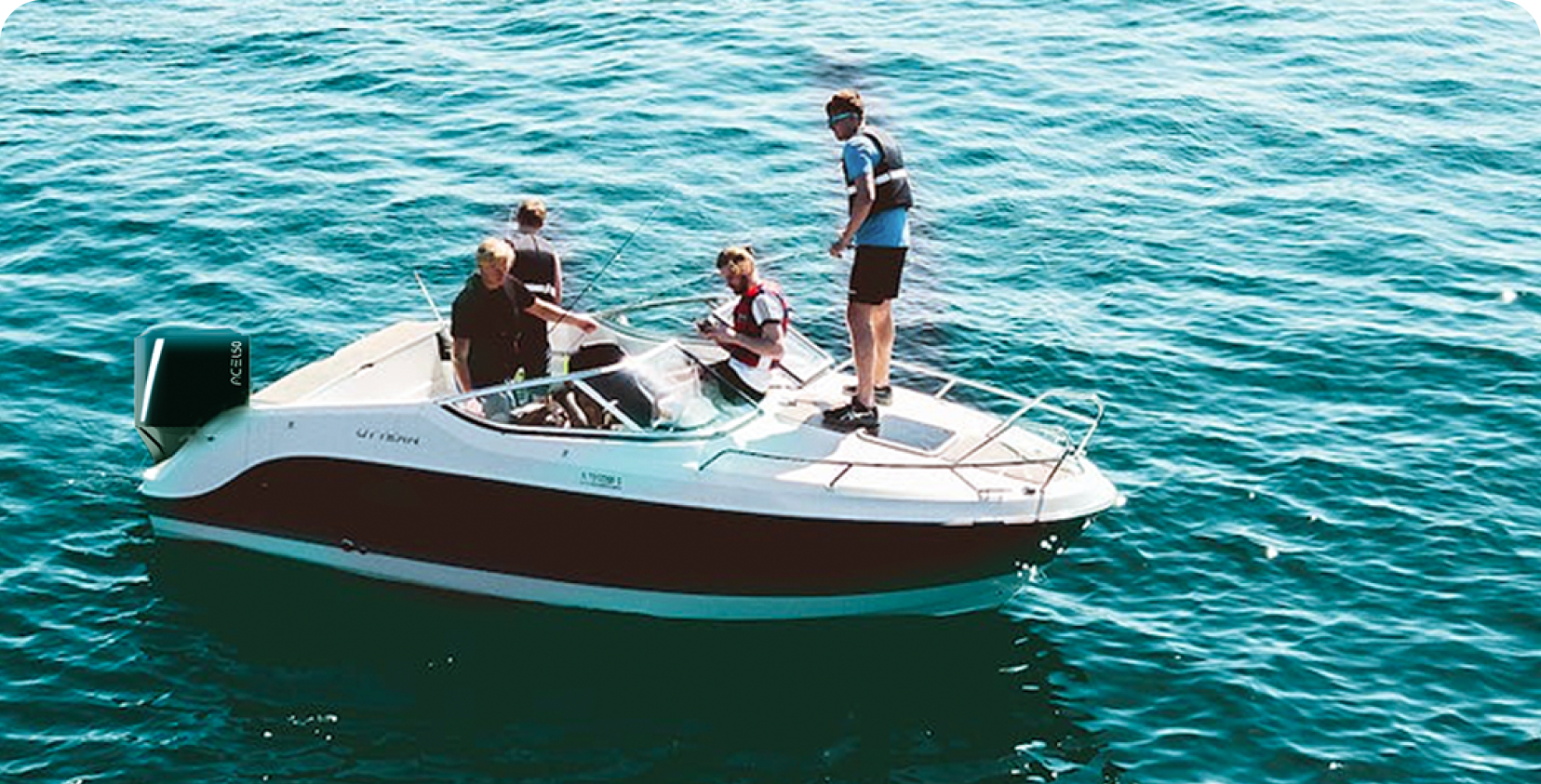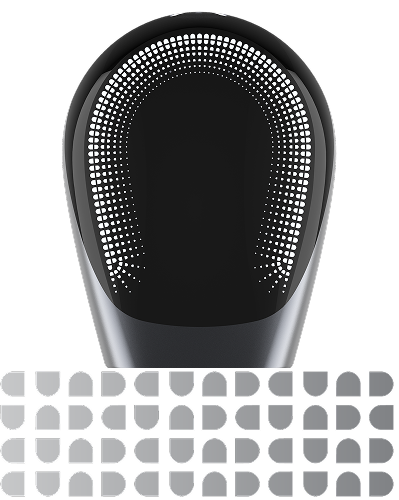Electric propulsion systems are becoming increasingly prevalent in maritime transportation. According to CleanTechnica, 70% of ferries currently on order globally now feature electric drivetrains—a remarkable shift underscoring how rapidly maritime transportation is decarbonizing (source). Norway already operates around 70 electric ferries, with more than 200 worldwide. Of the estimated 15,400 ferries in service today, many are slated for electric retrofits.
The Future Is Electric
As maritime industries worldwide face mounting pressure to decarbonize, electric propulsion systems for the marine industry are quickly moving from experimental to essential. But what exactly do we mean by these systems—and why are they such a powerful solution?
What Are Electric Propulsion Systems?
Electric propulsion systems replace traditional diesel engines with clean, efficient electric drivetrains. These solutions come in various forms to suit different vessel types and operating profiles:
- Electric Outboards
Compact, modular, and easily retrofitted, electric outboards are ideal for smaller passenger boats, water taxis, pontoons, and leisure craft. They deliver instant torque, silent operation, and can often be swapped onto existing hulls with minimal modification. - Electric Inboard Systems
Built into the hull, these systems serve larger vessels like ferries and workboats. They often integrate with advanced battery banks and shore charging infrastructure, enabling higher power output and longer ranges. - Hybrid Setups
Combining electric motors with backup diesel generators or alternative fuels, hybrids offer flexibility for routes where charging infrastructure is limited or range demands are higher. They’re a popular transitional solution as full electrification infrastructure develops.
Together, these technologies allow operators to choose the best configuration for their specific routes, payloads, and environmental goals.
Global Use Cases and Success Stories
The transition to electric propulsion systems for the marine industry isn’t just a vision—it’s well underway across the globe. From Asia to Europe to North America, operators are embracing electric boats and electric outboards to reduce emissions, improve efficiency, and meet rising regulatory demands.
Here’s how pioneering regions are leading the way:
🇨🇦 Canada: Clean Urban Transport
In Toronto, Billy Bishop Airport’s Marilyn Bell I became Canada’s first truly zero-emission lithium-ion electric ferry in 2021. It transports passengers and vehicles across Toronto Harbour with zero tailpipe emissions and reduced noise—a model for urban waterfront transport. (Newswire)
🇮🇳 India: Scaling for High-Demand Routes
India faces unique challenges with high passenger volumes and dense urban waterways—but it is also rapidly electrifying its fleets.
- Kochi Water Metro is Asia’s largest electric-hybrid ferry network, designed to handle over 150,000 passengers daily at full scale. The system features battery-powered boats with advanced charging infrastructure, reducing local pollution in one of India’s busiest urban hubs.
- Kerala’s solar-electric ferries, such as Aditya and Indra, demonstrate renewable hybrid setups. They integrate solar power and batteries to eliminate diesel consumption, saving thousands of liters of fuel annually and slashing operational costs. (Electrek)
- Mumbai is launching a network of 30-seat electric water taxis to serve popular routes like Elephanta Island and the airport, demonstrating how large urban centers can deploy electric outboards at scale. (Economic Times)
India’s approach highlights how electric propulsion can adapt to high-volume, tropical, and diverse riverine environments.
🇪🇺 Europe: Policy-Driven Leadership
Europe is arguably the global leader in ferry and water taxi electrification, driven by ambitious climate policies and innovation.
- Norway already operates ~70 fully electric ferries, including the MV Ampere, the world’s first all-electric car ferry. These vessels cut emissions by 95% and costs by 80% compared to diesel alternatives.
- In Sweden, companies like Candela are launching electric hydrofoil water taxis (e.g., P-12) that glide silently above the water with minimal wake, cutting energy use by 80% compared to traditional boats.
- The Netherlands has launched the first electric water taxi in Rotterdam, serving city canals while reducing local air and noise pollution. France’s SeaBubbles electric hydrofoil taxis in Annecy further showcase innovation in zero-wake, low-noise urban mobility.
These European projects demonstrate mature markets for electric boats and electric outboards, supported by strong policy incentives and public demand for greener transport.
From the busy canals of Ottawa to India’s sprawling ferry systems and Europe’s policy-driven green corridors, electric propulsion systems for the marine industry are proving their value today.
They offer scalable solutions for water taxis, passenger ferries, and leisure boats alike, delivering cleaner air, lower costs, and improved passenger experiences. As infrastructure expands and technology evolves, these early adopters provide a clear roadmap for the rest of the world to follow.
The Business Case for Electrification
Electrifying marine transport isn’t just about cutting emissions—it’s a smart business move.
✅ Lower Costs
Electric propulsion replaces costly diesel with cheaper grid power and reduces maintenance thanks to simpler drivetrains. Services like Ottawa’s Aqua-Taxi already prove these savings are real.
✅ Regulatory Readiness
Global emissions rules are tightening. Investing in electric propulsion systems for the marine industry helps operators avoid penalties and future-proof their fleets.
✅ Better Passenger Experience
Electric outboards are ultra-quiet and vibration-free—ideal for tourism, urban water taxis, and premium services.
✅ Brand Advantage
Adopting electric boats signals environmental leadership that customers and partners value, opening doors to funding and incentives.
ACEL Power: Enabling the Shift
At ACEL Power, we deliver electric outboards and propulsion systems that help operators cut emissions, lower costs, and offer exceptional passenger experiences.
We partner with water taxi services, ferry operators, and boat builders to customize solutions for real-world needs—from retrofits to new builds.
Ready to explore electrification for your fleet? Contact us today and let’s build cleaner waterways together.
